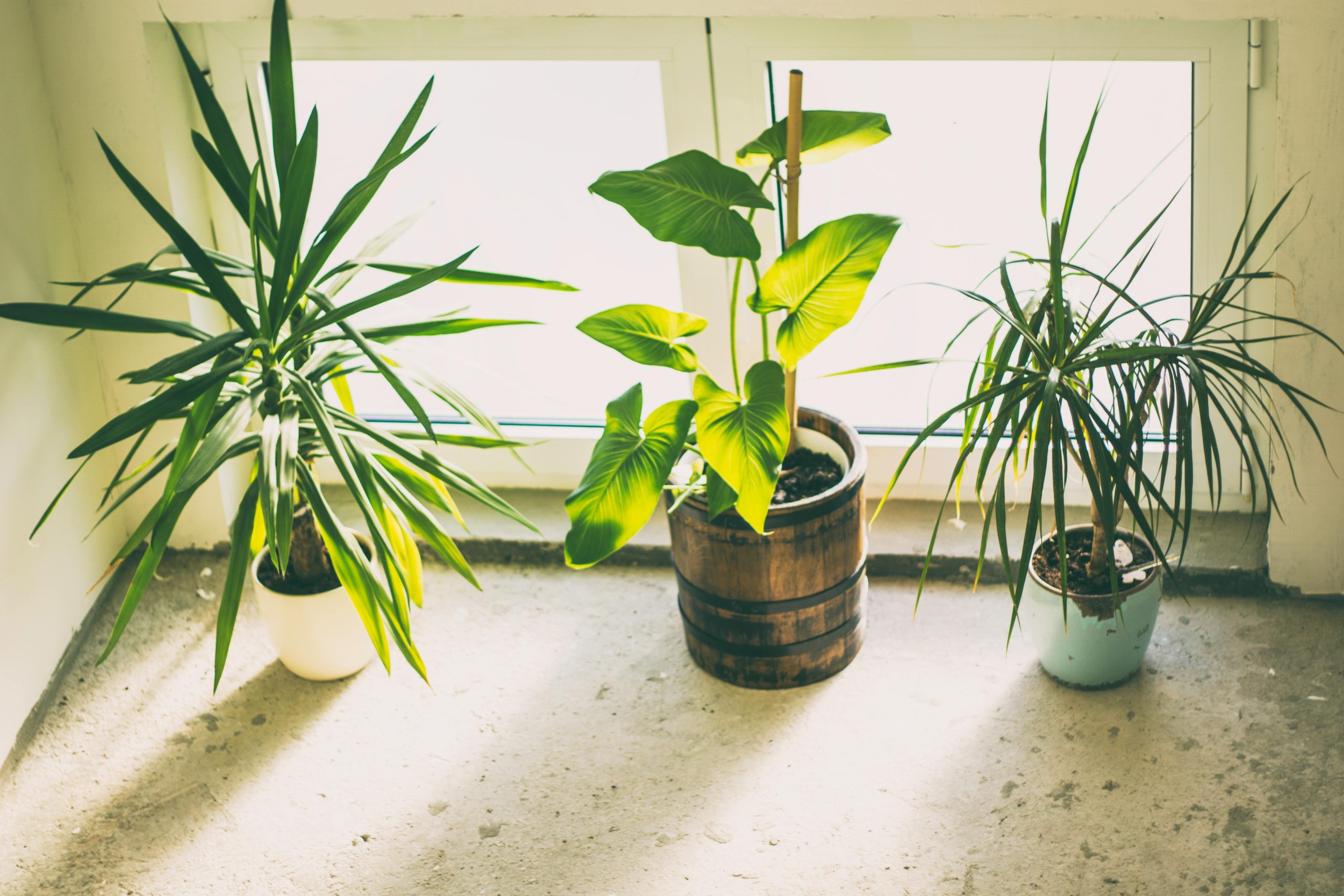Anthurium Plant Care & Growing Guide
by Mark Hunt

Anthurium is a visually appealing indoor plant that many people favour due to its shiny green leaves and colourful flowers. With its heart-shaped blooms and lush?green leaves, it has become a focal point in homes and offices. To get the best from an anthurium plant, we should care for it based on its natural conditions and needs to provide proper care for anthurium to ensure it blooms consistently. Written?as a practical guide with straightforward tips to help you grow a healthy plant throughout the year.
Understanding the Anthurium Plant
Anthurium plants are native to warm,?humid tropical regions. They are part of the Araceae family, which includes other plants such as peace lilies and philodendrons. There are more than a thousand kinds, ranging from flowering to foliage types. The flowers, strictly speaking, are hidden in a spadix at?the centre of a surrounding spathe, which we commonly mistake for petals.
Ideal Light Conditions
- Anthuriums prefer bright, indirect sunlight. If exposed too directly, it will burn the leaves, while too little will doom it to a morbid state of flowering.
- Put?the plant closer to an east-facing window so it will enjoy some mild morning sunlight.
- In rooms with bright sunlight, use sheer curtains?to break the glare.
- Replace bright sunlight with grow lights to maintain steady brightness even during cloudy seasons.
- Some shade and some light will give?the shiny leaves and bright flowers.
Proper Watering Practices
- The most important aspect of caring for anthurium in this respect is watering. These plants dislike having their feet in wet soil, as it leads to root rot.
- Wait until the top of the soil dries slightly?before watering again.
- Avoid shocking the roots: use room-temperature?water.
- Ensure there are drainage holes in the pot to prevent excess moisture from collecting.
- One of the most overlooked problems among beginners is the danger of overwatering. This is best avoided by checking the soil regularly for its moisture content.
Soil and Potting Requirements
Anthuriums?do well planted in a free-draining mix. Orchid bark, peat, and perlite help root development better. It retains moisture without becoming?too compact and allows air to flow through to the roots.
When repotting:
- Every 2 or 3 years, go up to?a pot one size up.
- The old soil should also be replaced with a fresh mix that will provide better?nutrition.
- Roots – Treat them with care to avoid damaging them.
- Hydration and?breathability are basic conditions for long-term growth; only proper soil composition supports them.
Humidity and Temperature Needs
As anthuriums are tropical in the wild, they naturally prefer higher temperatures and humidity. Growth is best between 20°C and 28°C, as cooler air or dry air in the house can inhibit its growth.
- On more than one or two events, cautious?mistakes are made.
- A?humidity tray or humidifier in the driest months.
- Protect?the plant from cold drafts or direct air conditioning.
- If you keep the humidity and temperatures consistent, the leaves will stay green and vibrant.
Fertilising for Healthy Growth
- If you want it to bloom even more,?just feed the plant regularly. A balanced,?liquid fertiliser that is diluted.
- Use at six-week intervals during the growing season.
- Slow feeding in winter when growth slows.
- Do not take high doses, which may damage the roots.
- Feeding regularly but in moderate amounts produces plants with the brightest spathes and lushest green leaves, and it does not put the plant under too much stress.
Common Issues and Simple Solutions
- Anthuriums are relatively easy to care for, but some minor hurdles can be faced even with proper care.
- Most commonly, yellow leaves are caused by overwatering or slow drainage.
- Tip burn may indicate too low humidity or too much sunlight.
- No flower is typically?a sign of insufficient light or low nutrients.
- More often than not, a close watch and timely?correction bring recovery to the plant. Wipe them down with a moist paper towel from time to time — this clears away dust and improves both appearance and airflow.
Propagation Tips
- Divide the Anthuriums or take stem cuttings to?propagate the Anthuriums.
- Choose?a well-established plant with many stems.
- Separate the sections gently, ensuring that each has its own roots.
- Place the divisions in their own pots, using new potting mix.
- Place them somewhere warm and humid until new growth appears.
- Propagation also gives gardeners and plant lovers a way to expand their collections or revive older plants.
Final Thoughts
A touch of elegance and fresh, casual living, anthuriums can be added to an interior garden, entrance, or lobby area. As long as you provide them with the proper amount of light, do not overwater them, use a soft and well-draining soil, and maintain the right humidity, they will live healthy and look beautiful all year round. Such a beautiful plant: Give it the attention it deserves, with its vibrant colour and foliage, and it adds brightness to any space in your home. With just a few simple steps, anyone can encourage an anthurium to thrive and blossom repeatedly.
Anthurium is a visually appealing indoor plant that many people favour due to its shiny green leaves and colourful flowers. With its heart-shaped blooms and lush?green leaves, it has become a focal point in homes and offices. To get the best from an anthurium plant, we should care for it based on its natural conditions…